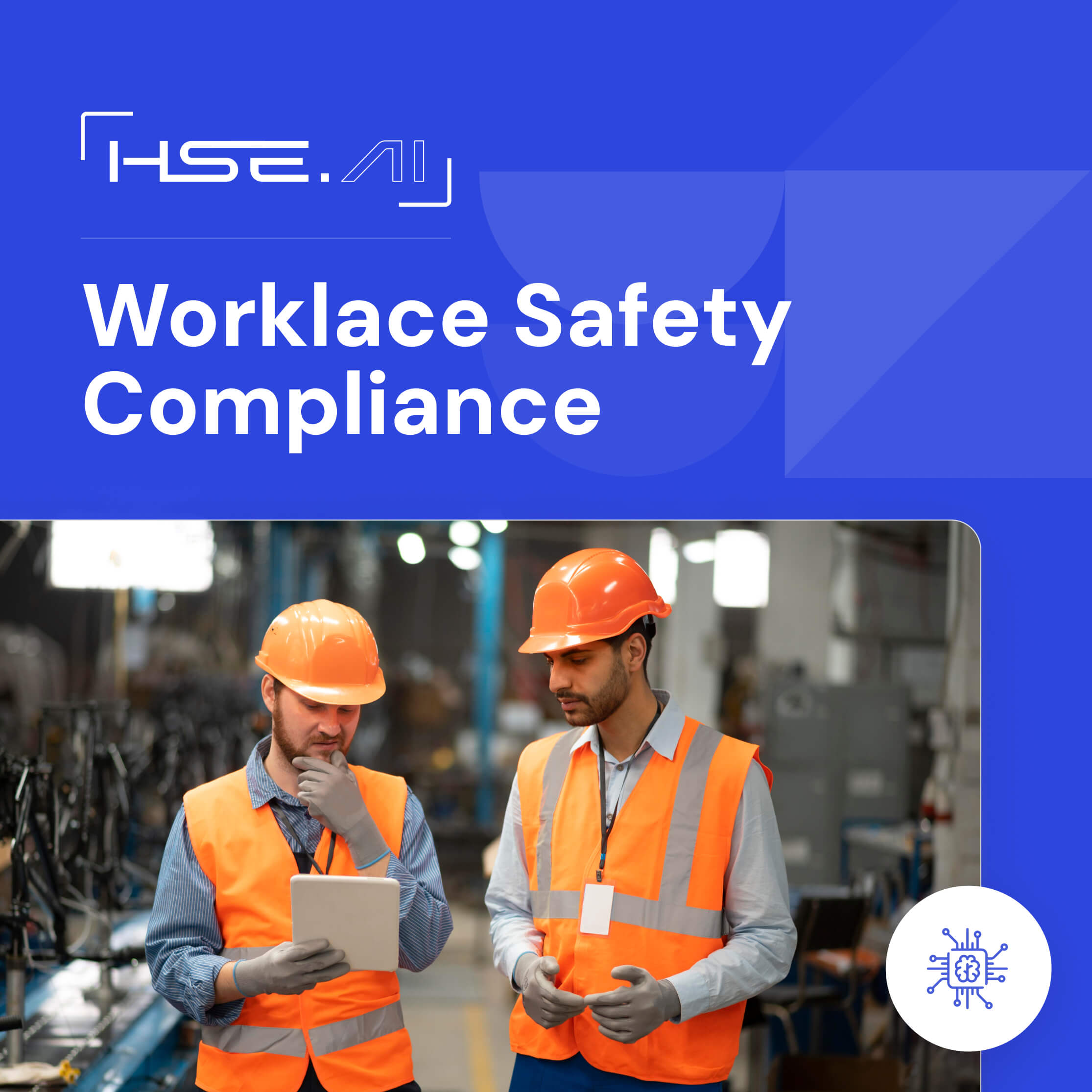

Workplace safety compliance refers to adhering to safety regulations that protect workers' health and safety. This includes occupational health and safety standards, which require employers to implement a safety management system. Compliance standards often involve conducting risk assessments, providing safety training, and ensuring the use of appropriate safety equipment. Meeting safety regulations helps prevent accidents, legal penalties, and boosts productivity
Training is essential for workplace safety compliance. It ensures employees are familiar with safety guidelines, hazard identification, and emergency procedures. training programs provide essential knowledge to maintain a safe work environment. Additionally,
Non-compliance with workplace safety can lead to severe risks, including injuries, trauma, and long-term health issues. Without proper hazard identification and injury prevention measures, harmful effects can escalate. Poor safety practices also result in financial penalties and legal consequences for businesses
To ensure workplace safety compliance, businesses should implement key preventative measures such as accident prevention programs and regular safety inspections. Risk management strategies help identify potential hazards, while fire safety protocols ensure employees are prepared for emergencies. Safety audits are essential for evaluating compliance with health and safety regulations and identifying areas for improvement
Additionally, loss prevention strategies, including proper storage of hazardous materials and the use of personal protective equipment, help minimize workplace risks. Compliance consulting services can guide businesses through the complex landscape of safety regulations and ensure adherence to the latest health and safety standards.These measures, combined with regular training and hazard assessments, create a safer work environment and prevent costly accidents.
Safety compliance solutions are crucial for businesses seeking to adhere to regulations and maintain a safe work environment. These solutions often include tailored compliance programs designed to address specific industry risks, ensuring that all workplace safety standards are met. Safety consulting services offer expert guidance, helping organizations navigate complex safety regulations and implement effective risk management strategies
For companies facing safety non-compliance, safety consulting can provide a roadmap to rectify issues through audits, customized action plans, and continuous monitoring. Workplace safety solutions such as hazard assessments, emergency protocols, and employee training programs help minimize risks and prevent accidents, ultimately fostering a culture of safety that aligns with legal requirements
Workplace safety compliance is governed by various regulations, with OSHA (Occupational Safety and Health Administration) regulations being among the most prominent in the United States. These regulations outline the legal responsibilities of employers to ensure a safe working environment, including hazard assessments, employee training, and the provision of necessary safety equipment
Safety compliance laws vary globally, but they generally require companies to adhere to safety standards, conduct regular safety audits, and implement proper risk management practices. Regulatory harmonization, which aligns safety regulations across different countries or regions, ensures that businesses can operate efficiently while maintaining high safety standards
Workplace safety compliance significantly boosts workplace productivity by minimizing accidents and reducing downtime. A responsible working environment ensures that employees are more focused, leading to efficient work practices. With proper compliance and productivity strategies, companies can prevent losses and enhance employee morale, which directly impacts organizational performance. Loss prevention measures and compliance consulting further optimize safety standards and operational efficiency, fostering a healthier, more productive workplace
Government policies and political influence shape workplace safety laws by establishing regulatory frameworks that ensure businesses comply with safety standards. Political decisions determine the strength and enforcement of government regulations, influencing how safety measures are implemented across industries
Workplace safety and sustainability are increasingly intertwined, with many businesses adopting eco-friendly practices that align with both environmental protection and safety compliance. By integrating environmental compliance into workplace safety measures, companies reduce hazards that may negatively impact both employees and the natural environment. Implementing sustainable practices not only safeguards worker health but also minimizes environmental risks, such as pollution and waste. These efforts contribute to a responsible and safe working environment, where both human and ecological health are prioritized
Modern safety apps and workplace safety tools are revolutionizing the way companies manage safety compliance. AI for safety is being used to identify hazards in real-time, offering predictive analytics to prevent accidents before they happen. Safety management software streamlines the tracking of compliance, reporting, and safety audits, while compliance technology helps businesses stay updated with ever-changing regulations. These safety tools and technology enhance the efficiency of safety programs, reduce human error, and ensure a safer work environment

This website stores data such as cookies to enable site functionality including analytics and personalization. By using this website, you automatically accept that we use cookies.